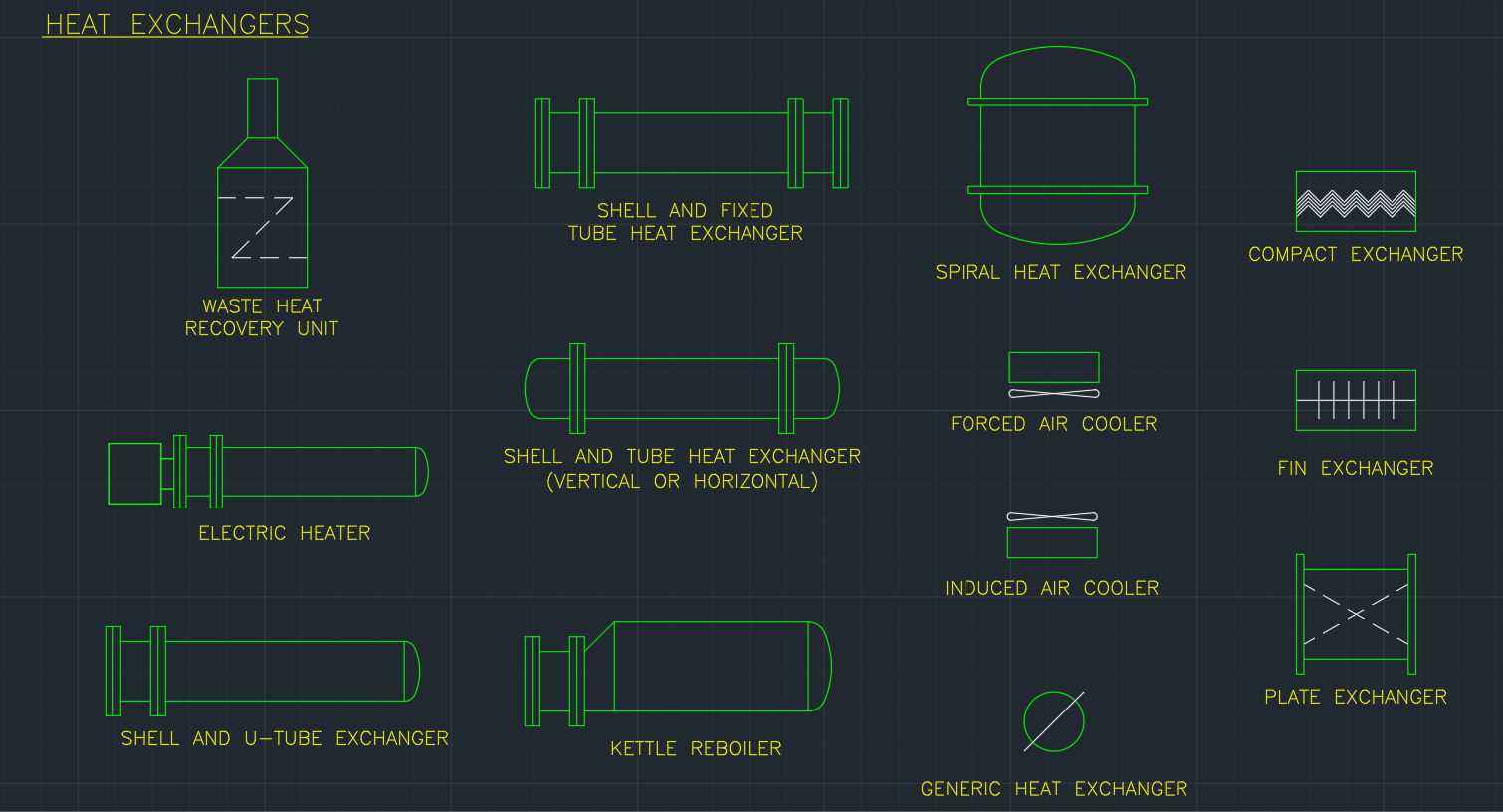

Process lines: Process lines include pipes, tubes, and hoses shown in various styles, such as insulated pipes, flexible pipes, cooling, and heating pipes.Unfilled squares indicate socket-weld connections. A filled-in square represents a permanent welded connection, while an unfilled circle represents a temporary threaded connection. The parallel lines indicate that the valve can be removed without affecting the pipe in a flange connection. These can be flanged, threaded, weld, or socket weld connections with different lines and circles showing the type of connection. End connections: End connections are the connections between the valve and the process lines.End Connections, process lines, signal lines, vessels, and equipmentīesides the features of the valves, on a P&ID diagram, a user can find many more symbol types. See actuation symbols.įigure 4: Valve symbols showing a manually operated valve (A), an electrically actuated valve (B), and a hydraulically actuated valve (C). Electric and hydraulic actuation are shown as letters, as shown in Figure 4. The actuator type is shown as a line coming from the center of the valve, with a smaller symbol on top of the line. The third meaningful way how a valve can be recognized on a P&ID is the actuator type. Much clearer norm would be to use the letters NC or NO as we have done in the symbol examples.


Remember that a blacked-out valve symbol does not necessarily mean that the valve is normally open or normally closed, as these are used interchangeably. There are several variations to these states, such as valves that are generally normally open, valves that are generally closed, and more. Bistable means they retain their position during power loss and require a separate action to switch the valve state, an example being a latching solenoid valve. Normally closed means the valve is closed when not actuated and open when actuated. Normally open means that the valve is open when not actuated. Valves can be normally open, normally closed, or bistable. See valve symbols.įigure 3: Three-way valve (A), four-way valve (B), three-way valve with T-port connection Valve states Examples of these symbols can be found further down in this article. Some of the most common 2-way valve symbols are ball valves, butterfly valves, plug valves, gate, valves, etc. The direction of flow is shown by the arrowhead on the line symbols. Two-way valves can be recognized by the two triangles that point towards each other, uch as the gate valve symbol seen in figure 2. This makes it incredibly easy to read a diagram once the user knows what each symbol means. The valve symbols used in a P&ID diagram are standardized and the same globally. How do I read valve symbols and P&ID diagrams? How do I read valve symbols and P&ID diagrams?.The symbol typically consists of the actual valve symbol, and the actuation method such as pneumatic, hydraulic, or electric. In each process and instrumentation diagram, valves have specific symbols that make them easy to recognize. In order to trace faults, isolate equipment and locate items for maintenance, the ability to read P&IDs is essential. The diagram indicates the flow directions, safety and control measures, and pressure ratings of a system through visual symbols. The Process and instrumentation diagram, commonly known as a P&ID, shows the connections between process equipment. Figure 1: A process and instrumentation diagram


 0 kommentar(er)
0 kommentar(er)
